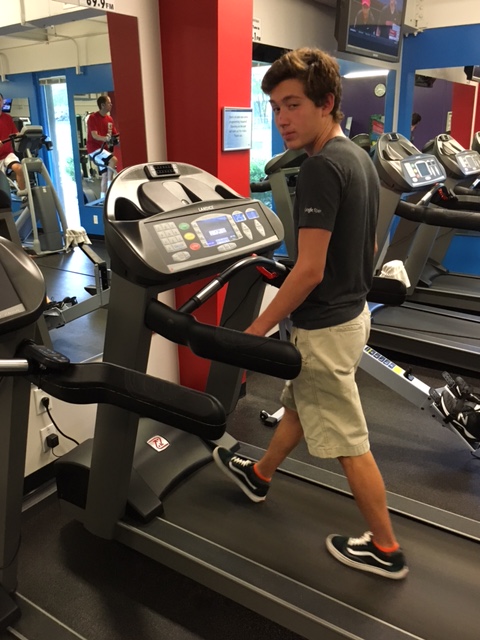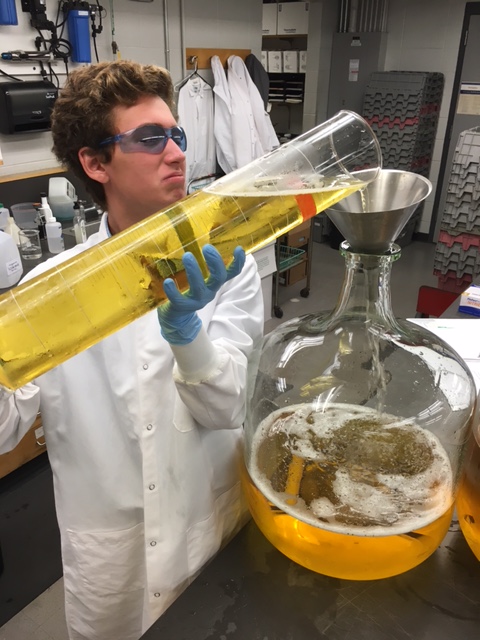Waking up today was glorious, because we had an extra two hours of sleep which begun the day strong. Nothing was scheduled until around 9 o’clock, so the doctors didn’t need us at the hospital until then.
When we arrived a doctor named Leah told us that we could try hearing tests on each other and experience what patients experience at the hospital. I had never gotten my hearing checked before so it was all very new to me. We entered a soundproof room and begun checking each others ears like we’d seen Dr. McElveen do several times. Once everything was set, we begun the testing. Kiran left the room and I put on a set of over-ear headphones. He began emitting a sound at 1,000 hz, and tested to see when the lowest db I could hear it at. After 10-20 minutes of various frequencies we switched and I began testing him. The machine to test was complicated and it took a while to get used to it. I managed to successfully test his hearing and we both recorded the results. Shockingly, his hearing was perfect and mine was only slightly under perfect, so you can image what the rest of the day was like for me. It was fairly unclear who had better hearing after our first test, but we both scored in the normal hearing range. The second test was simply saying words through the microphone and the patient had to repeat the words back to the doctor.

If a patient scored in the profound hearing range, then they are candidates for cochlear implants which will grant you the ability to hear again, but at a cost. The reason that only certain patients are candidates for cochlear implants is because surgically implanting them will ultimately wipe out the rest of your hearing. Any time you don’t have the assisting aid on your ear you’re practically deaf, but on the brighter side as long as you have the implant your hearing will sky rocket. How the implant works, is the surgeon cuts near the patient’s temporal bone and inserts a small mechanism right near the ear. Two long strands connected to the device are implanted in the cochlea and a small magnet is implanted behind the ear. A device on the outside also contains a magnet, and is positioned so that the magnets connect through the skin. This device then sends twenty-two electrodes into the cochlea, which contains thousands of damaged electrodes, and grants the patient a limited amount of sounds their ear can process.

After the hearing test it was around noon which is our lunch break, but everyone seemed to be out that day so Kiran and I ate alone in the lunch room.
After lunch Kiran and I split up again and I sat with Kate in her office and she explained so much to me about diseases and cochlear implants. She showed me diagrams and hearing aids and gave me papers. We had a great conversation, which ended up lasting around two hours: the fastest two hours of my life. By that time it was around 3 or 3:30, so I headed back to my room and continued my work and read some of the papers Kate gave me. By the time I was done Kiran had come out of the room with Nicolle and we headed back home.
All in all it was a day of learning and growth.








